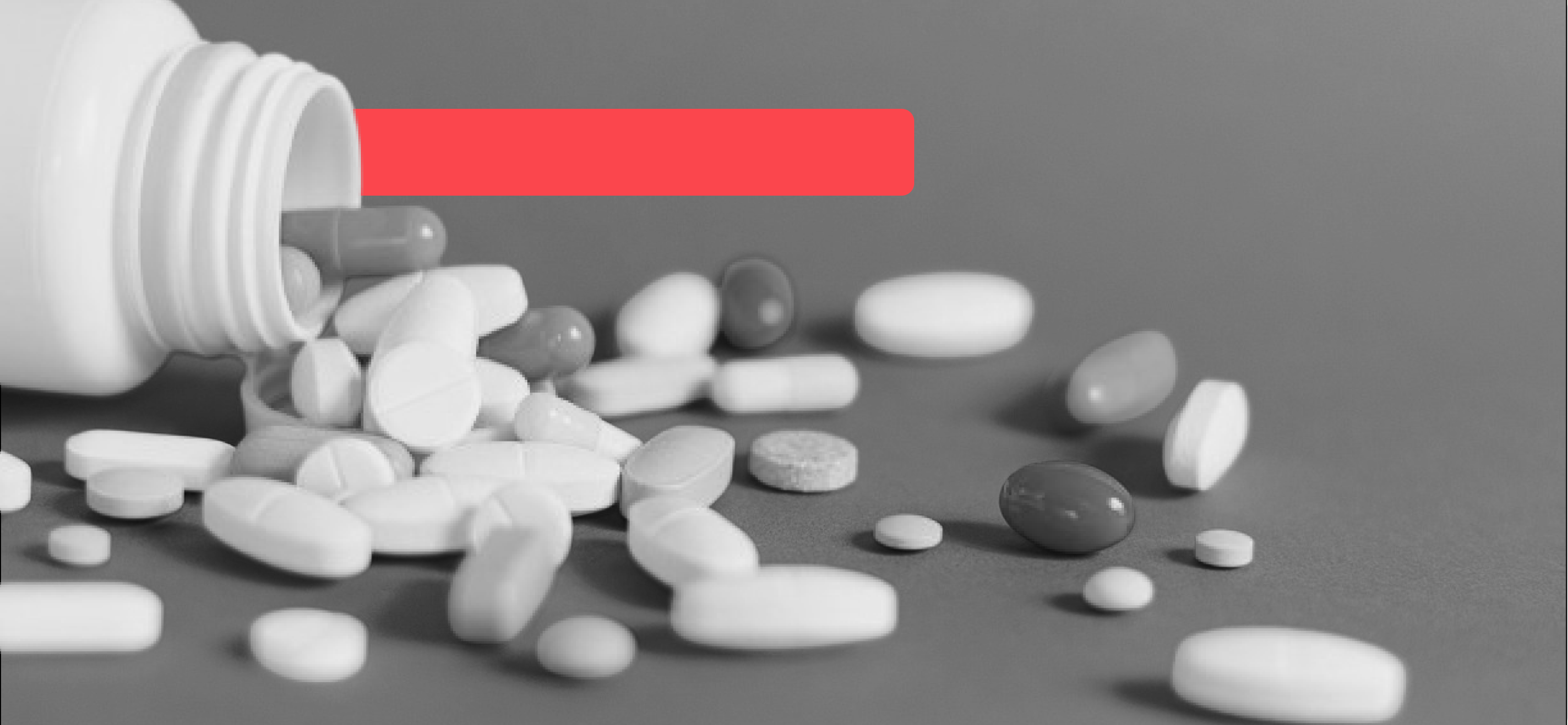REACH Regulation
¿Necesitas una atención más personalizada?
FAQS
Clear your doubts about the REACH Regulation
SVHC (Substances of Very High Concern) are carcinogenic, mutagenic, toxic for reproduction, or persistent substances. They are included in the candidate list; many require authorisation (Annex XIV) or may be restricted (Annex XVII). Their inclusion is reviewed and updated periodically.
Substances of Very High Concern (SVHC) are identified by their serious hazards: they may be carcinogenic, mutagenic, toxic for reproduction, persistent, bioaccumulative, or very toxic. These require specific authorisation and their presence must be communicated if it exceeds 0.1% in products. Other chemicals only need to comply with registration and evaluation if they exceed certain quantities, without such strict communication and authorisation requirements.
If a company does not comply with REACH, there are consequences. Unregistered chemicals cannot be manufactured or placed on the market in the EU, and non-compliance may result in administrative sanctions and the withdrawal of products from the market.
To stay up to date with REACH changes and new restrictions, it is essential to monitor the dynamic lists of SVHC, authorisations, and restrictions (Annexes XIV/XVII) through ECHA guidance. A highly recommended alternative is to use chemical documentation management software, as these tools often have regulatory specialists who constantly track updates.
ECHA creates and maintains a classification and labelling inventory in the form of a database, which includes substances whose registration is mandatory and substances meeting the criteria for being considered hazardous, marketed as such or in mixtures at concentrations above specified limits. For each of these substances, the following information is included:
Identity of the manufacturer or importer responsible for marketing the substance.
Identity of the substance(s).
Hazard classification of the substance.
Hazard label of the substance.
Where applicable, specific concentration limits
A downstream user is any natural or legal person established in the EU, other than the manufacturer or importer, who uses a substance, either on its own or in a mixture, in the course of industrial or professional activities. Distributors or consumers are not downstream users.
Do you want to stay up to date with all the news from the chemical industry?
Learn from our experts
Train with those who know best. ExpertLab brings together resources created by our regulatory specialists so you can understand how your company can comply with chemical sector regulations—without complications.

 + 34 900 802 588
+ 34 900 802 588 Client access
Client access



.png)


.png)
.png)

.png)